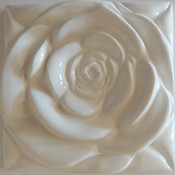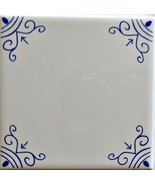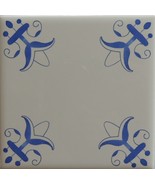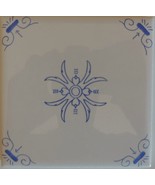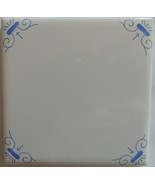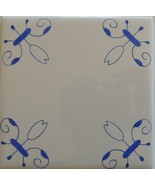How we started:
For many years, we had been collecting old European historical tile designs that we wanted to incorporate into our construction projects. Due to the high cost of the originals, we had to look at different avenues for traditional ceramic tiles with a touch of history. We came...
Read more about this Bonanzler
How we started:
For many years, we had been collecting old European historical tile designs that we wanted to incorporate into our construction projects. Due to the high cost of the originals, we had to look at different avenues for traditional ceramic tiles with a touch of history. We came to the conclusion that the look and quality we wanted could not be found for the price we were willing to pay. We decided to make our own designs and incorporate the old historical tile designs with today's materials and yesterday's techniques.
We wanted a tile that is durable, with an applied designs that would stand up to everyday normal household cleaning. We wanted a tile that can be cut and drilled without damaging the artwork or the tile. Most important, we wanted a tile that is straight and flat, consistent in size, and could be applied to most interior finished surfaces, ceilings, and walls. After much research and testing, we created the designs we desired and applied them to a quality commercial tile manufactured in the USA.
About the Tile Decoration:
The decorating technique we use dates back hundreds of years. Painting the corners of tile is a 400 year old Dutch (Holland) tradition called "corner motif decoration". It's typical of Dutch delftware tiles. You will find these antique tiles in museums and historical buildings in the USA, Europe, South America, and with private collectors.
When four tiles are placed together, the corners form a unique pattern. These patterns consist of the famous Lily flower (commonly known as "Fleur De Lis"), the Spider, the Ox Head, the three dots which signify the cross of the Holy Trinity, and many others.
The corner motive designs in historical tiles dating from 1590 to the twentieth century are larger than most reproductions you will find today. We choose to keep some of our designs with the larger corner motif designs, although it is more time consuming to create. We believe the additional effort makes a definite statement when applied to a wall or ceiling
